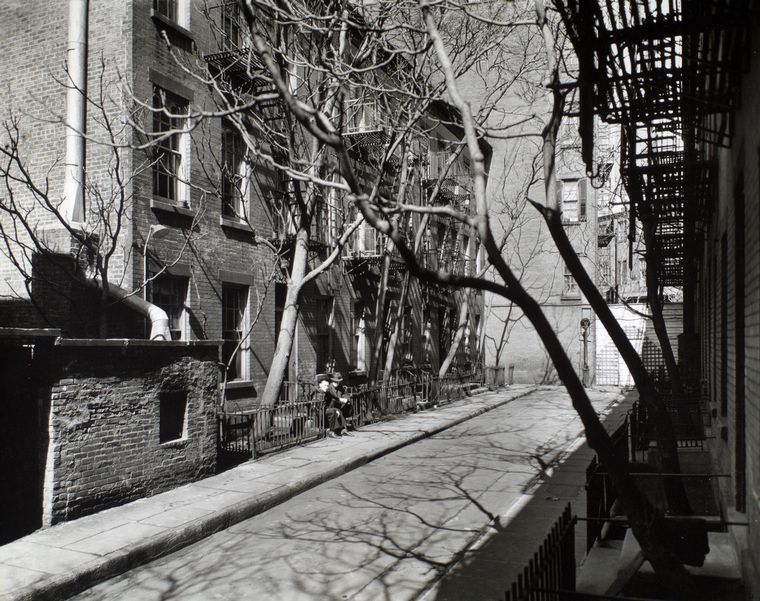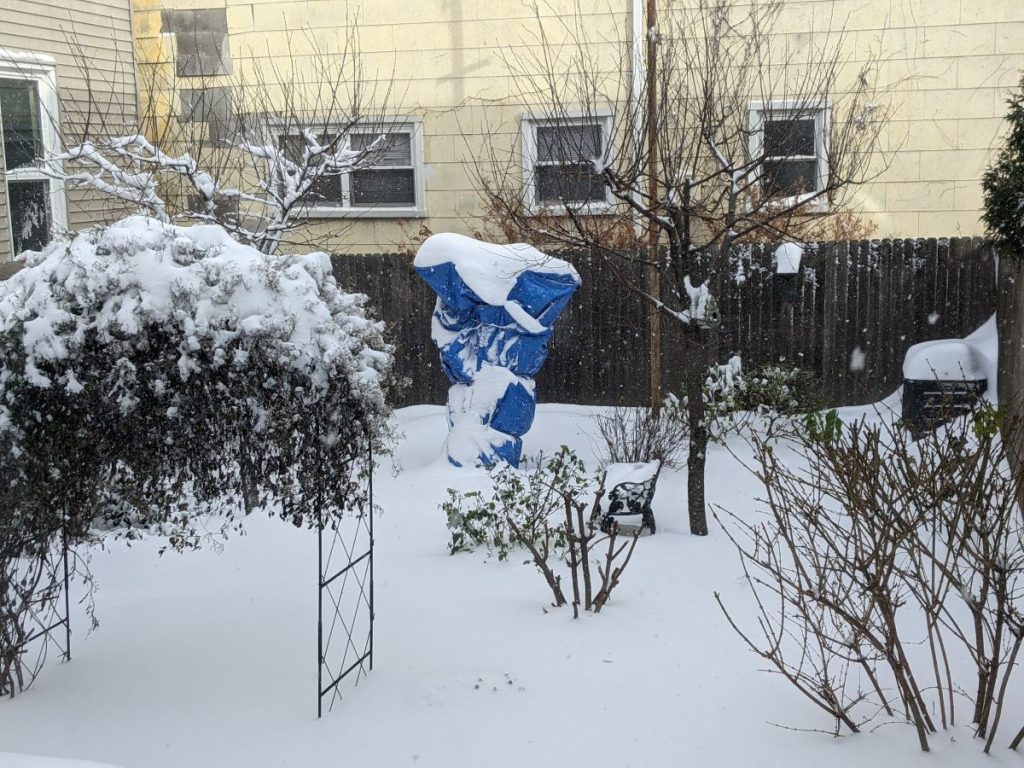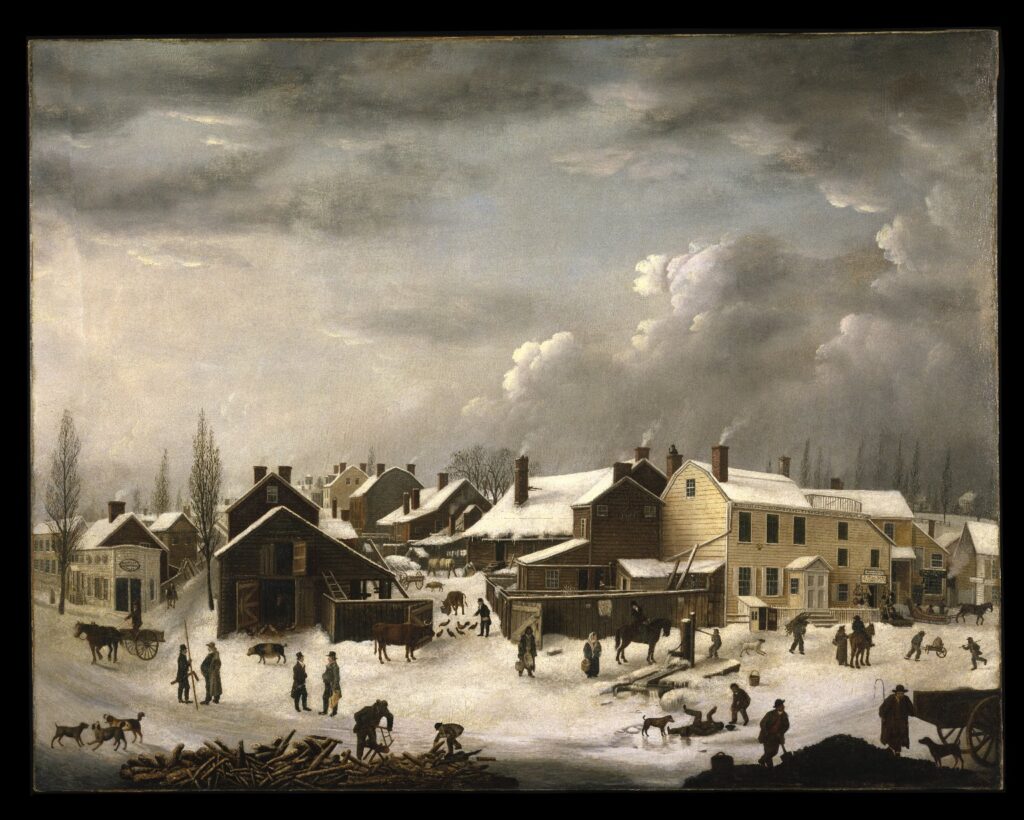Urban History

They Came for the Neighborhood
Although the long-term impact of the ongoing pandemic upon cities remains uncertain, one reality remains constant: housing costs continue to tick upward in desirable urban areas. This raises the twin specters of gentrification and displacement. The causes and connections of these processes have been hotly discussed and debated over the past several decades in both…

Trees and Traditions
An article on fig trees spurs a reflection on forgotten gardens and how they might change our experience of urban history.
Lovecraft & New York: My Second Book
After months and weeks of cryptic allusions, I’m excited to announce my publishing contract for a biography on seminal author H. P. Lovecraft and his time in New York City.

The Urban Pastoral
After recently enjoying the David Bowie Is exhibit at the Brooklyn Museum, I wandered through the building’s American wing. Whenever I visit this particular museum, I seek out my favorite work in its collection, Winter Scene in Brooklyn by Francis Guy.
A City’s Lost Dreams: Review of How Newark Became Newark
On January 1, 1966, President Lyndon B. Johnson wished a happy 300th anniversary to Newark, New Jersey, observing that Newark’s history paralleled that of the United States itself. Church bells rung, and celebrations occurred throughout the city. The Newark Museum launched a year of exhibits exploring the city’s historical and cultural heritage. A year and…